November 8, 2015 | Posted in CERAMICS | By sockii
Tips for Buying Beautiful Ceramic Artwork and Housewares in Italy
Italian craftsmanship and artistry is of course recognized around the world. If you are traveling to Italy, in almost any town or city you will find shops and boutiques overflowing with beautiful painted ceramics. From small dishes and decorative plates to grand vases and table tops, these colorful ceramics can dazzle the eye — and drain your wallet if you aren’t careful!
My partner and I have been collecting Italian ceramics for many years, always on the lookout for new and unique pieces for our home, items that will commemorate our travels and bring memories of the places we’ve visited. As such we’ve learned a few things about shopping for ceramics in Italy: where to shop, how to get a good price, and also how to get them home safely!
Let me share a few tips here from our experiences.
Ceramics in Italy: A Historic Introduction
The production of colorful ceramics in Italy known as Maiolica dates back to Renaissance times. Maiolica specifically refers to tin-glazed pottery, which traditionally was decorated in brightly colored patterns or illustrating historic figures and scenes. It was specifically in the area surrounding Florence in Tuscany that maiolica became such an artistic specialty, with the notable work of the della Robbia family. Indeed, it was in the 15th century that the production of maiolica reached true heights of artistry and desirability, with different cities and regions beginning to produce their own colorful styles and patterns.
Today, painted ceramics are produced throughout Italy although certain areas still remain especially notable for their local artistry. Florence and Siena continue to produce and sell wonderful works of ceramic art featuring traditional designs. All throughout the Amalfi Coast you will find colorful painted ceramics for sale, many featuring the bountiful lemons of the region. So it is worthwhile doing some research before you travel to learn what are the specialties of a region’s ceramic ware: which artists and shops are most notable, what kind of designs and colors are typical of the area, and where you can see noteworthy historical pieces on display.
The art of hand painting Italian Maiolica
Watch master artists at work in their studio
Shop around before you buy
Compare prices and artistry before you commit your wallet
You’ve just arrived in Florence (or Capri, or Amalfi, or Siena…) and are taking your first tour of the town. You step inside one ceramics shop that catches your eye from the street and you see something that you like. It would make a nice gift or piece to bring home, wouldn’t it? And you’re ready to hand the shop keeper your credit card.
Hold on!
If you are in no rush (you’re spending all day or even several days in the area), why not see what other choices you might have in other shops and artist studios? You might see a similar piece you like even more elsewhere, or at a much better price. Do not feel pressured by an eager salesperson to make a purchase right away. You will likely find a considerable range in artistic quality and prices from one shop to another in a city (as well as some cities just being pricier in general than others.)
That said, if a piece really calls to you, and is just what you’ve been looking for, don’t hesitate too much. You may not see anything exactly like it elsewhere as every studio will be producing different work. The 7-piece serving tray photographed above is one I simply had to buy as soon as I saw it on Capri. I wanted something with a lemon pattern and I adore dark blue colors, and it was unlike anything else I’d seen. Indeed, while I later saw similar sets in other cities, at a lower price for the same size, none had the same dark blue-with-lemons pattern that I so adored in this one.
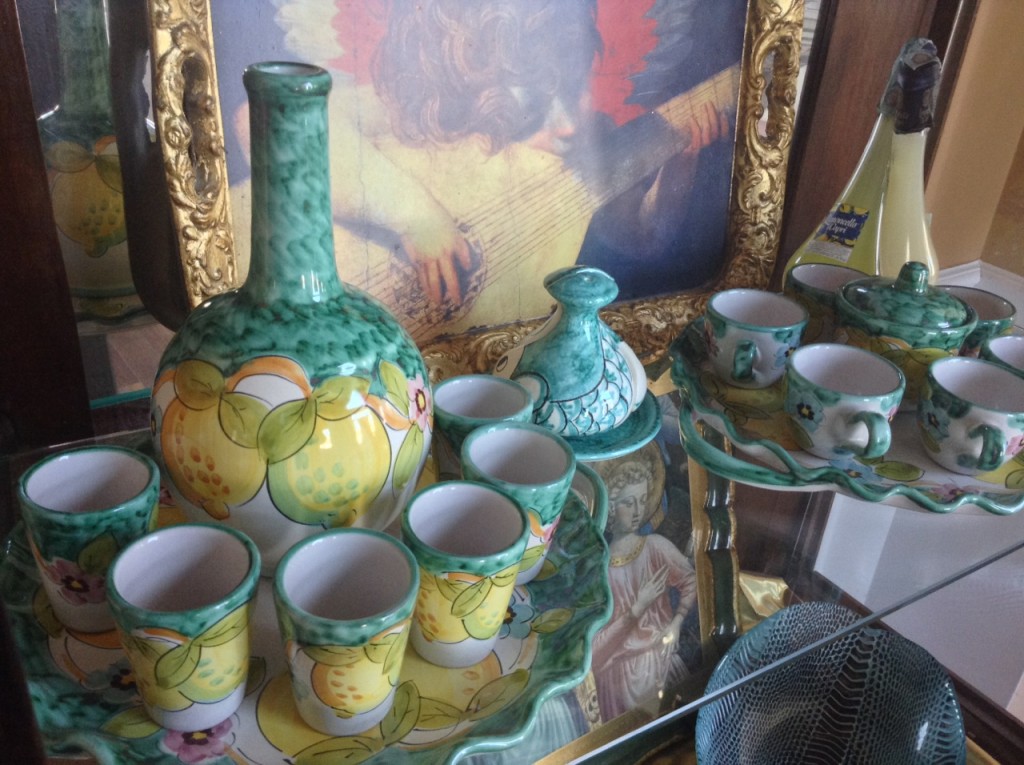
Ceramic limoncello and espresso sets purchased in Salerno, Italy. The light green color is typical of ceramics from the region.
Courtesy Note!
When visiting ceramics stores in Italy, please:
* DO ask before touching or picking up anything
* DO ask for permission before taking any photographs
* Be mindful if you are carrying a large purse or backpack not to hit anything
Don’t be afraid to haggle
It doesn’t hurt to at least try to get a deal
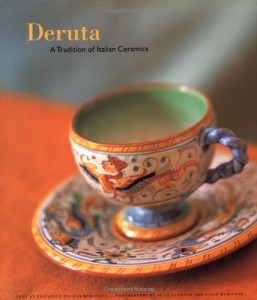
Deruta: A Tradition of Italian Ceramics. Book available at Amazon.
You see a piece you like in a ceramics shop. Maybe several pieces. You’d love to buy them but maybe the price is a little bit out of your budget or what you’d like to spend.
So, before you say you definitely want it, try to find out what’s the best price you can get.
One native Italian we spent some time touring Amalfi with said that most shopkeepers will expect you to try to negotiate the price. Of course if a tourist shows up and just agrees to the printed price, they’ll happily take your money. But you can play it a little less eager and see if you can get at least a small discount, especially if it’s off-season or you’re interested in purchasing a number of items at once.
You might be able to get a 10% discount easily, or perhaps get free shipping thrown in for a larger item. Of course, some artists and salespeople may be firm in their price (a salesperson may not be authorized to give a discount if the owner is not there.) But it doesn’t hurt to try, and it could easily save you some serious Euros.
Make sure you’re buying the real thing
Try to shop where you can see work actually being produced
In some very touristy areas, you might have to watch that you are buying authentic Italian ceramics and not a cheap import from elsewhere. Try to shop in stores where you can see artisans at work, or have an attached studio/warehouse that you might be able to tour to see work in production. Find out if the ceramics are entirely hand-thrown and not simply hand-painted. Ask and be nosy-especially if you are considering making an investment in a large scale piece! Some artisans may even be able to custom design pieces for you if you have something very specific in mind.
You might also want to do some research in advance to see which stores in a city/region have a good reputation, or perhaps a website where you can read more about their history and designs. That’s how we found Ceramiche d’Arte in Ravello before our recent trip to the region; I fell in love with some of the unique designs featured on their website and made a point to visit there once we got to Ravello (it’s where we purchased the black and white dish at the top of this page, the large green vase shown below, and where the beautiful bowls shown in this photo were on display.)
For more information, check out these links:
- Myths and Truths about Original Deruta Ceramics
- Italian Ceramics: History, Manufacturing, Production and Characteristics
- Shopping for Ceramics on the Amalfi Coast
Ship it or carry home?
If at all possible, I recommend shipping
I strongly recommend you have your purchases shipped home (unless very small, like a Christmas ornament or coffee mug) even if its items you think you can carry home in your luggage.
For one thing, most ceramics shopkeepers are very experienced in packaging their wares for safe shipping around the world. They know how to protect and wrap things to avoid damage as much as possible. Can you say the same about trying to wrap up a delicate ceramic bowl using the clothes in your suitcase?
Do you trust most airline baggage handlers to treat your bags as if they include fragile works of art?
Shipping will generally include insurance coverage in the price, or you can ask for it to be added. That way if anything does happen in transit, you can be reimbursed or the shop will send you a replacement piece at no cost. (General airline luggage coverage does not include such items.)
Paying for shipping may seem expensive-maybe even as expensive as the item you are purchasing. But think of the cost of paying for extra bags or extra weight on airlines today, and it might actually be a cheaper option.
All in all I will always opt for shipping whenever possible, and have never had a problem with items arriving in a timely fashion upon our return home.
To make sure your shipping process goes smoothly
How to make sure your ceramic-ware arrives home safe and sound
- Be sure to give the sales person not just your mailing address but an email contact, phone number, and fax number, if possible. A handy way to do this is to carry business cards with you that you can just hand out with all your information complete.
- Likewise, be sure to get all possible contact information from the sales person, so you can easily follow up with them if there are any problems with the shipment.
- If you will be traveling for some time yet overseas, ask for your items to not be shipped to you until a date closer to your return home. Some times shipping can take several weeks, but other times I’ve had packages arrive in just 3-4 days time.
- Ask to take a photo of the item(s) you are purchasing, before you leave the store. That way you have proof of their original condition and visual record for future communication if necessary.
- Of course, don’t forget to get a detailed receipt for the transaction.
Don’t forget customs duties!
Items carried home in luggage must be declared, and if shipped you may be liable for customs payment upon delivery.
Related posts at Spacial Anomaly
Table of Contents
- Tips for Buying Beautiful Ceramic Artwork and Housewares in Italy
- Ceramics in Italy: A Historic Introduction
- The art of hand painting Italian Maiolica
- Shop around before you buy
- Courtesy Note!
- Don’t be afraid to haggle
- Make sure you’re buying the real thing
- Ship it or carry home?
- To make sure your shipping process goes smoothly
- Don’t forget customs duties!
sockii
sockii is just your typical Jane-of-All-Trades who never has enough time in her day for all of her projects. She has written for many websites online including Squidoo, Zujava, Yahoo! Contributors Network, HubPages and Wizzley. She has been attending and vending at science fiction and media conventions for over 15 years, and for several years ran an art gallery and jewelry store in Philadelphia. Today she is happy to be living in South Jersey with her partner David and their 6 cats. Sockii is a member of several affiliate sales programs including Amazon Associates and Viglink. Products from these services may be advertised on her posts and pages to generate sales commissions.
1 Comment
Leave a Reply to bigoutreach Cancel reply
*
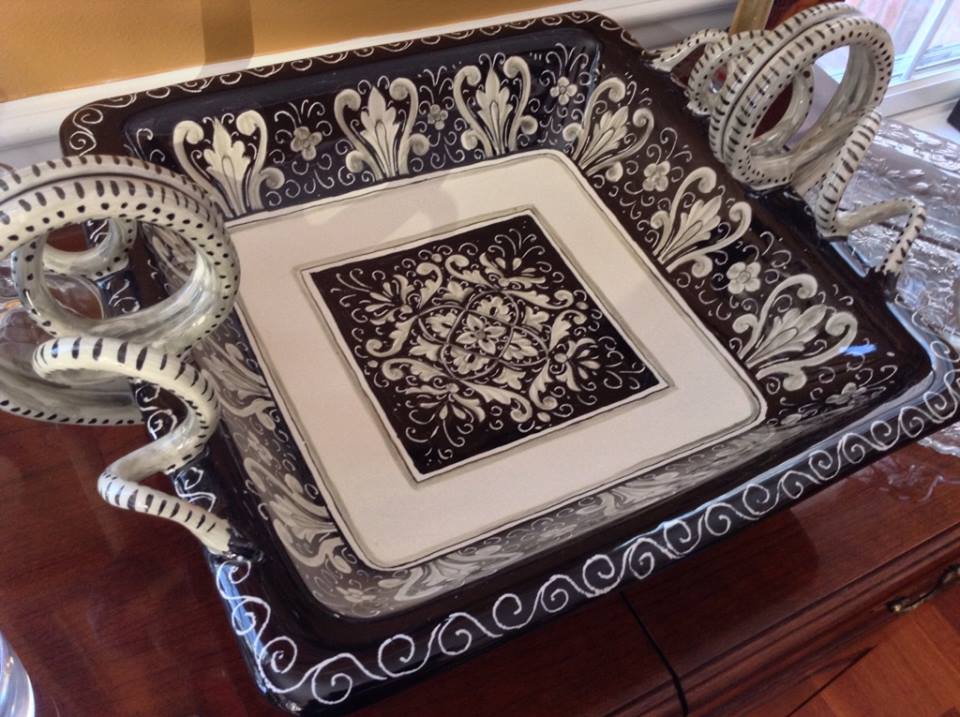
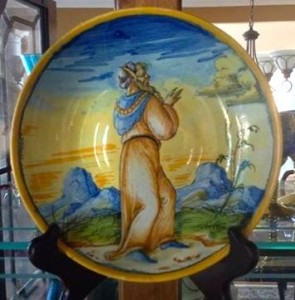
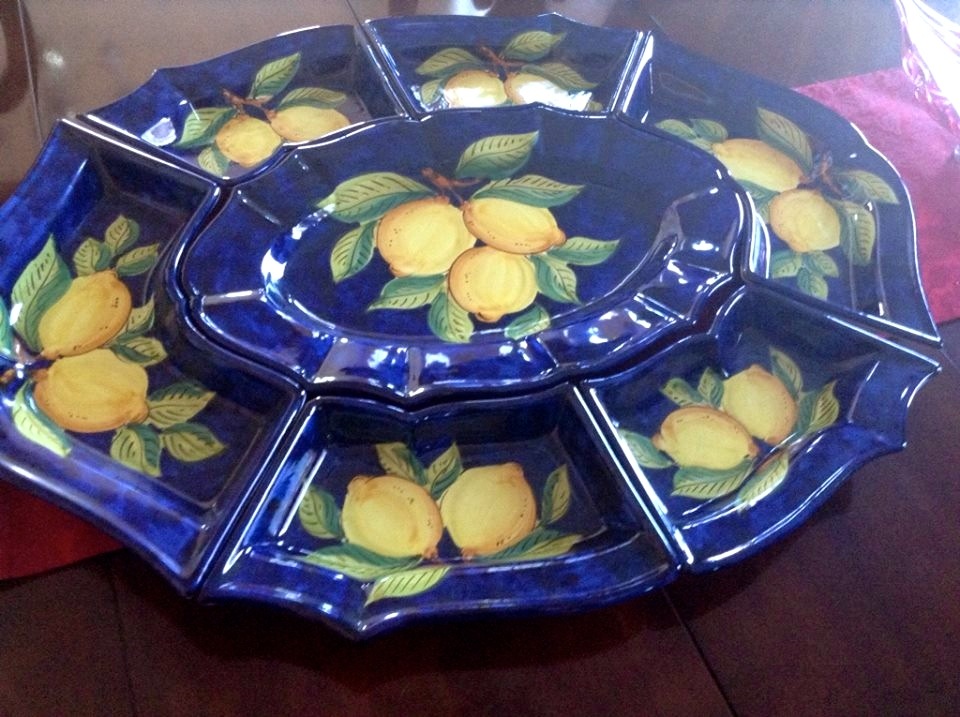
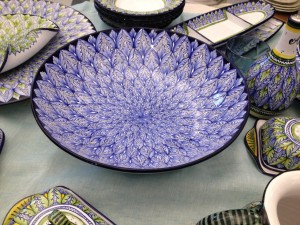
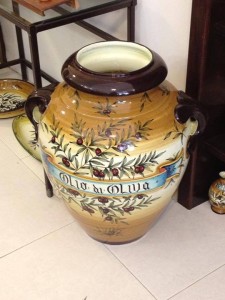
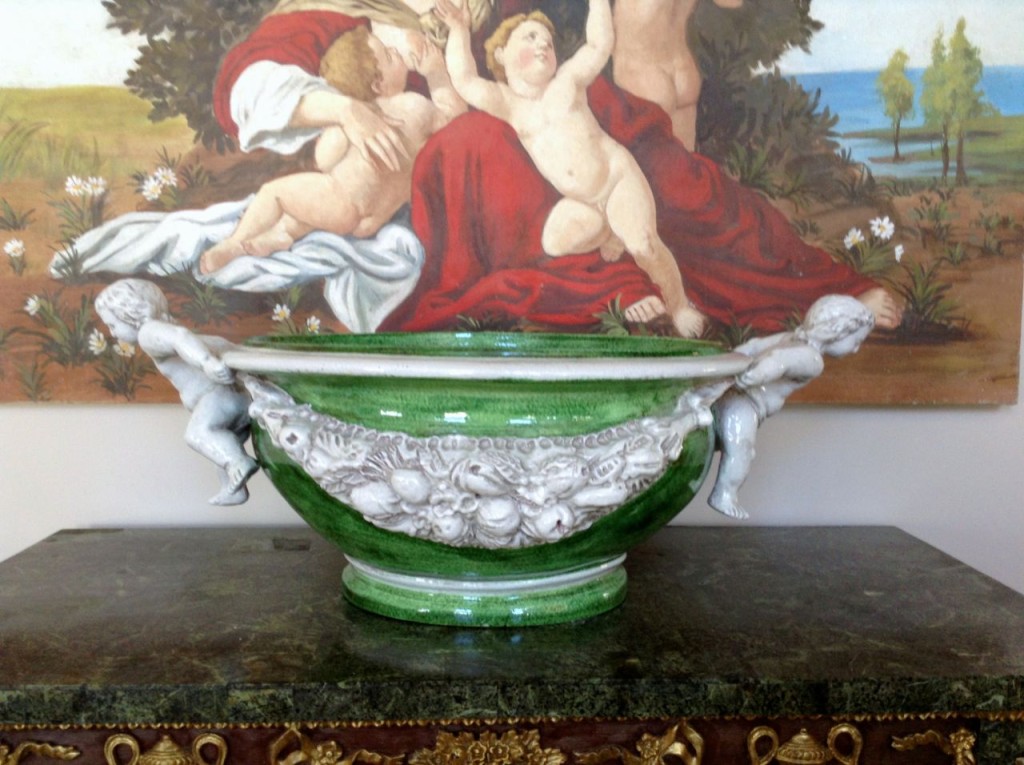
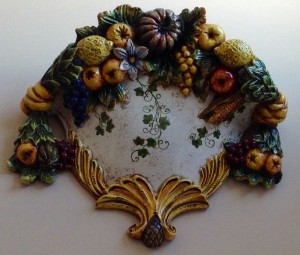












bigoutreach
July 21, 2016
Very good article about Italian artwork. The pictures are awesome.